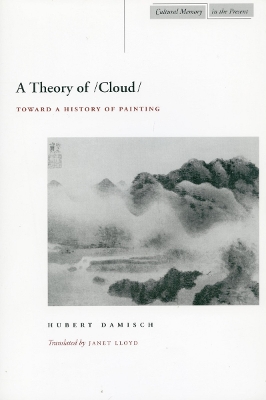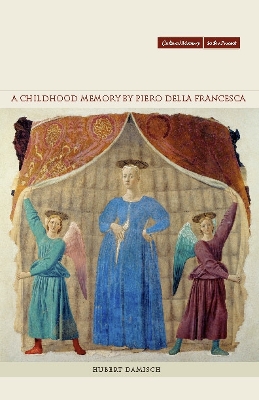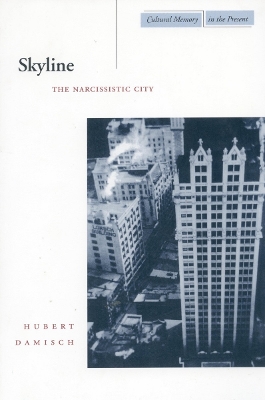Cultural Memory in the Present
3 total works
This is the first in a series of books in which one of the most influential of contemporary art theorists revised from within the conceptions underlying the history of art. The author’s basic idea is that the rigor of linear perspective cannot encompass all of visual experience and that it could be said to generate an oppositional factor with which it interacts dialectically: the cloud.
On a literal level, this could be represented by the absence of the sky, as in Brunelleschi’s legendary first experiments with panels using perspective. Or it could be the vaporous swathes that Correggio uses to mediate between the viewer on earth and the heavenly prospect in his frescoed domes at Parma. Insofar as the cloud is a semiotic operator, interacting with the linear order of perspective, it also becomes a dynamic agent facilitating the creation of new types of pictorial space. (Damisch puts the signifer cloud between slashes to indicate that he deals with clouds as signs instead of realistic elements.)
This way of looking at the history of painting is especially fruitful for the Renaissance and Baroque periods, but it is also valuable for looking at such junctures as the nineteenth century. For example, Damisch invokes Ruskin and Turner, who carry out both in theory and in practice a revision of the conditions of appearances of the cloud as a landscape feature. Even for the twentieth century, he has illuminating things to say about how his reading of cloud applies to the painters Leger and Batthus. In short, Damisch achieves a brilliant and systematic demonstration of a concept of semiotic interaction that touches some of the most crucial features of the Western art tradition.
Piero della Francesca's Madonna del Parto, a celebrated fifteenth-century Tuscan fresco in which the Virgin gestures to her partially open dress and her pregnant womb, is highly unusual in its iconography. Hubert Damisch undertakes an anthropological and historical analysis of an artwork he constructs as a childhood dream of one of humanity's oldest preoccupations, the mysteries of our origins, of our conception and birth. At once parodying and paying homage to Freud's seminal essay on Leonardo da Vinci, Damisch uses Piero's enigmatic painting to narrate our archaic memories. He shows that we must return to Freud because work in psychoanalysis and art has not solved the problem of what is being analyzed: in the triangle of author, work, and audience, where is the psychoanalytic component located?
One of today's foremost art historians and critics presents a strikingly original view of architecture and the city through the twin lenses of cultural theory and psychoanalysis. Hubert Damisch-whose work on the history of perspective, the notion of imitation, and the question of representation has emerged as the most important body of critical thought on painting since, perhaps, Meyer Shapiro's collected essays-here engages a subject that has been of continuing interest to him over the last thirty years.
In the field of architecture, this book has been awaited for a long time; in the fields of art history and cultural studies, it will be welcomed as a powerful argument for utilizing in an urban context interpretive approaches developed for the analysis of spatial and visual phenomena. Though architecture has served since Descartes as a structural analogy for philosophical discourse and has played a similar role in literature, contemporary studies on architecture have tended to be very specialized, with little regard for their accessibility to scholars in the humanities and social sciences. This book, however, with its solid grounding in architecture and urban theory and its profoundly humanistic approach, will prove deeply rewarding to specialist and generalist alike.
The book engages a wide range of subjects, including reconstructions of the Egyptian labyrinth, architectural museums, European visions of New World cities, the great spaces and national parks of the American West, and landscape gardening in the United States. These subjects work together to develop a unique way of looking at the city and its architecture, the landscape and its spaces.


